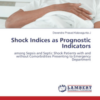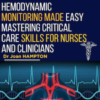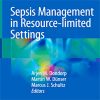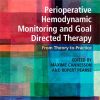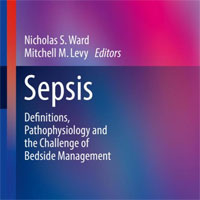Is Pre-hospital Coagulation Management in Trauma Feasible?
healthmanagement.orgCoagulation management remains a formidable challenge in severely bleeding trauma patients. A strong rationale suggests starting treatment of trauma-induced coagulopathy in the pre-hospital phase. The burden of trauma is increasing worldwide, particularly in less well-resourced nations. There are an estimated 5 million deaths per year, more than TB, malaria and HIV combined. Trauma particularly affects young adult males, seeing a disproportionate long-term morbidity and loss of income (Hay et al. 2017). Despite advances in trauma care, haemorrhage remains the leading cause of trauma-associated preventable death in mature trauma systems in developed countries (Tien et al. 2007). About half of these deaths occur in the first hour, with many occurring pre-hospital. To aim for and achieve earliest haemorrhage control is literally vital for bleeding patients in any context.



